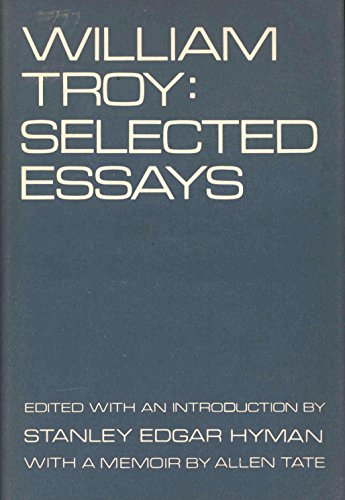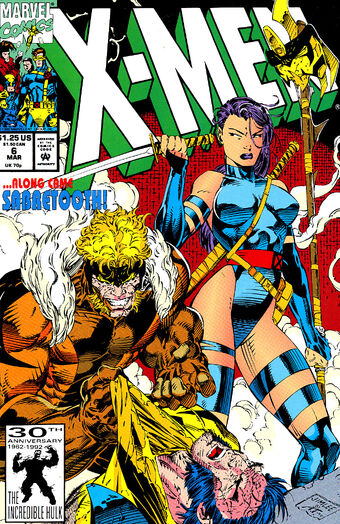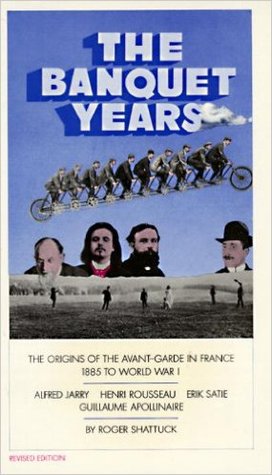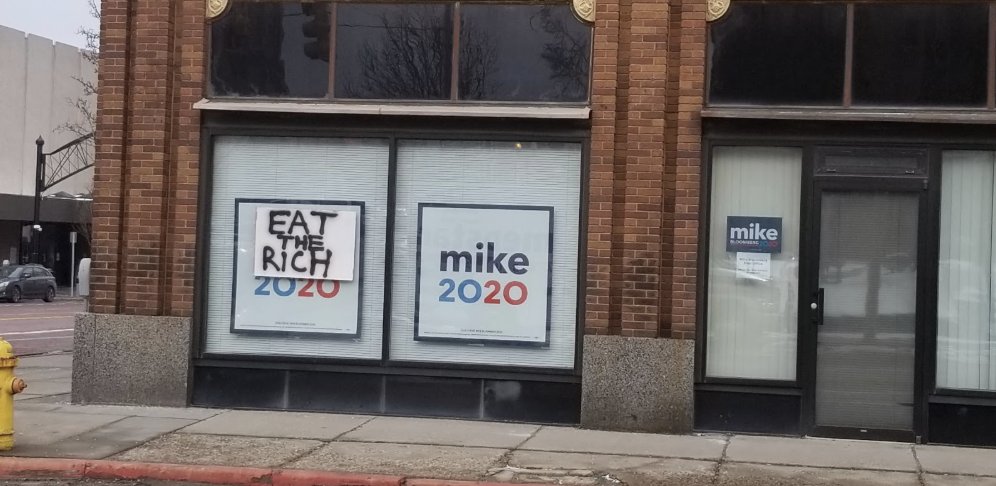William Troy was, says the editor of the only book of his collected lectures and essays, a towering critic of the 30s, 40s and 50s. He wrote many book and film reviews for The Nation, but no books of his own.
I’m reading the collection William Troy: Selected Essays slowly. It’s long out of print but very gettable. His style is expert and delightful. He’s fighting, at this point of history, for literature to be enjoyed and interpreted as art, rather than subjected to the sorts of inappropriate scientific methods that have since subjugated the critical appreciation of the creative arts to some mad quest to view everything within the context of the social and economic sciences, if not even to physics and chemistry.

Here he is on the growing popularity of Henry James:
“At a moment where loss of continuity is our gravest threat, when personality is everywhere at a discount, when all consequent values dissolve in general terror, it is probably no great wonder that more and more people are turning to Henry James.”
Troy celebrates clarity in art and it’s darned refreshing.





